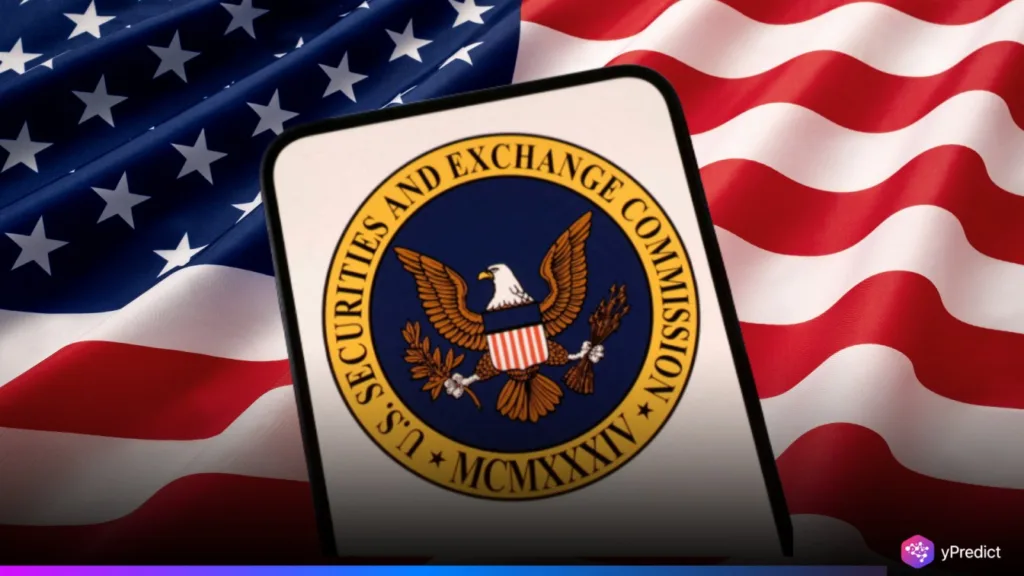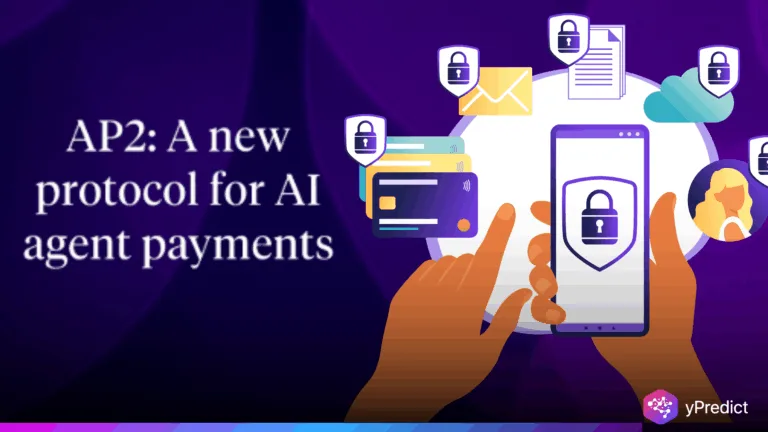
The DeFi Education Fund and venture capital behemoth a16z are increasing pressure on the U.S. Securities and Exchange Commission (SEC) to establish a regulatory “safe harbor” for blockchain applications. The proposal would enable developers a clearly defined window of legal protection – like a similar SEC rule from 1995 protecting good faith efforts in drawing financial projections against liability – while still protecting innovation and regulatory observance amidst a growing, complex digital asset ecosystem.
Regulatory Pressure Meets Growing DeFi Market
This push comes at a time when the global decentralized finance (DeFi) market is surging. According to DeFi Pulse, the total DeFi market cap reached $88 billion and 15% higher than in January by mid-2025. Given the rise, many developers in the U.S. have reportedly been hesitant to innovate domestically because they remain uncertain about the regulatory landscape. A 2024 Chainalysis report found that 40% of American blockchain innovators have relocated to friendlier jurisdictions like Singapore, citing either the SEC’s enforcement history or lack of.
Industry leaders warn that the U.S. is risking losing more talent and innovation to other markets unless it provides legal protection for crypto and will competition for the space strengthen, decrease costs, and therefore increase the risk of bad actor confusion. Industry leaders believe that clear and reasonable temporary protections would provide new startups in blockchain with the time to launch good projects and build their technology without the threat of enforcement right away.
SEC’s History of Tough Crypto Enforcement
The SEC has had an evidently rigid approach to digital assets. Since 2017, the agency has taken more than 100 enforcement actions against crypto companies and token projects, often citing that they were offering unregistered securities with few details. Critics say that this hardline approach has harmed legitimate projects alongside the fraudsters.
The DeFi Education Fund and its supporters believe that the safe harbor would help balance regulation by allowing the SEC to focus on bad actors with its limited resources while allowing legitimate project innovation. The concept is very much like the 1995 safe harbor for financial projections, which encouraged enhanced transparency by protecting companies that provided forward-looking statements in good faith.
Potential Turning Point for Blockchain Innovation
A safe harbor would point to a change in the SEC’s stance toward blockchain, providing developers a possible three-year cushion from full compliance obligations—most importantly a legal time-frame to experiment with blockchain applications and find their first users and funding. Supporters argue it would bring energy to the U.S. blockchain market, attract investment into the space, and retain U.S.-based technical talent from leaving the area.
From this perspective, it might also serve a secondary purpose for the SEC, acting as an incubator, allowing the agency to see for themselves how decentralized systems operate under a reasonably scaled back regulatory environment while also being able to think through policies in a longer time-scale. But the experts and advocates note that, should the safe harbor be adopted, it must be done with strict conditions in place. Without limits, the safe harbor could easily be abused by bad actors seeking to defraud investors and avoid consumer protections. Conditions surrounding transparency, reporting conditions, and specific criteria eligibility would help to avoid abuse.
Balancing Oversight and Innovation
The discussion surrounding safe harbor represents a larger challenge with investor protection versus innovation. For U.S. developers, this may be a significant crossroads. Many will have to weigh the decision to either remain in a relatively uncertain regulatory environment in the U.S. or move to countries with rules that are easier to work within. The DeFi Education Fund indicated that if U.S. policymakers take too long to make a decision on safe harbors, the U.S. could fall behind in a rapidly developing and increasingly competitive global sector.
As things continue to develop within a blockchain context and with other emerging areas, the prospects increase for blockchain to transform finance, supply chains, and data management, leading to a greater urgency for clear regulatory responses. The proposal, for now, suggests that the SEC and market participants can talk and potentially achieve something better. Whether there will be a promised legislative outcome is unknown, but the aggressiveness of ongoing dialogue indicates that safe harbor considerations are a topic that will remain on the agenda for the foreseeable future.






